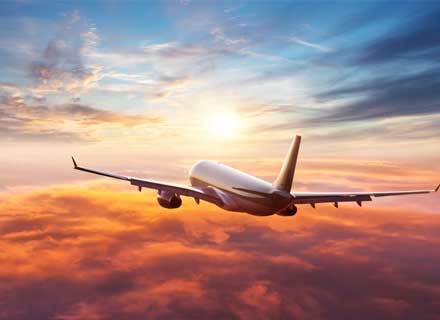Since its launch over 30 years ago, frequent flyer programmes have changed as much as the airline business. Modern programmes are different from those of even a few years ago, yet you can still get big rewards or squander hours collecting points you’ll never use.
Brian Kelly, “The Points Guy” and owner of ThePointsGuy.com, says several airlines now compute rewards differently. As a “revenue-based model,” it compensates travellers for their spending rather than their mileage. Therefore, frequent flyer programmes are becoming serious spender programmes.
That can be beneficial/terrible depending on the traveller. Economy class flyers may profit less. However, Kelly believes “just a couple of trips a year in a premium class of service” may add thousands of miles to your account.
Understand that frequent flyer miles can lead to free flights, upgrades, and other travel benefits. The easiest approach to gain points is to fly frequently with the same carrier. Try to sign up for a rewards credit card and purchase with programme partners to earn points without flying.
Consider Your Flight Location
Focusing on a few airlines that fly your expected routes will help you earn enough points to get something. Better to have 100,000 points with one carrier than 10,000 with 10. Only 1:1 point or mile transfers between programmes are an exception.
Remember that inactive accounts lose points after 18 months. You must monitor any account you open or risk losing miles, so keep the number low.
Consider Airline Partners
Oneworld, SkyTeam, and Star Alliance include several airlines. Joining a member airline’s frequent flyer programme lets you earn, combine, and redeem points on any partner airline.
Again, the one you join depends on which airline you fly most. Their websites mention their partners, making it easy to choose airline frequent flyer programmes.
Bonus Points Or Miles
Credit cards co-branded with airlines often give extra miles, sometimes enough for a reward, to attract customers. Their promotions say such in large type. Terms are in small print. For travel incentives, some need a minimum spend within a particular timeframe.
Most frequent flyer programmes are free, so there’s no harm in joining many. A miles credit card may offer initial bonus miles but also an annual fee and credit card interest and fees.
According to WalletHub.com research analyst Alina Comoreanu, these cards are appealing if you are planning a big trip and intend to spend a lot. They usually have high-interest rates. If you do not pay your payment monthly, you must measure your bonus against the interest.
Select Right Credit Card
Another approach to earn miles for a reward is to use a rewards credit card for everything and pay it off each month. Two main types of cards are airline-co-branded and rewards cards that give a variety of benefits, including airline miles.
Comoreanu believes the fundamental difference between the cards is that airline-affiliated cards are more beneficial when used with the said airline, while the generic one has more redemption alternatives.
General rewards cards let you utilise miles on several airlines. You can redeem miles for cash if you rarely travel. “Straight-up cashback is always more reliable. Points can devalue easily and customers may receive less than when they applied for the card,” states Comoreanu.
Dine Out
Kelly suggests linking your credit card to a frequent flyer plan’s dining programme to earn points and keep them from expiring.
A participating restaurant will give you points for charging a meal on that card.


